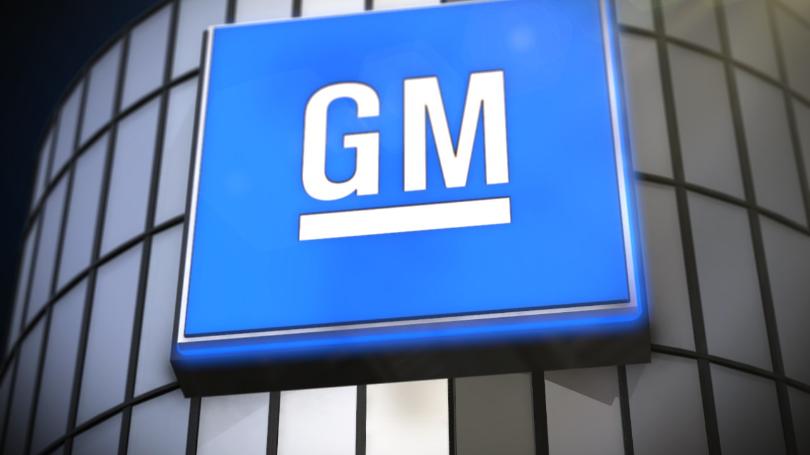General Motors Company (GM) is a renowned American multinational automotive manufacturing corporation headquartered in Detroit, Michigan, United States. With a rich history dating back to its establishment in 1908, GM has played a pivotal role in shaping the global automotive industry. The company is globally recognized for its ownership and production of four iconic automobile brands: Chevrolet, GMC, Cadillac, and Buick.
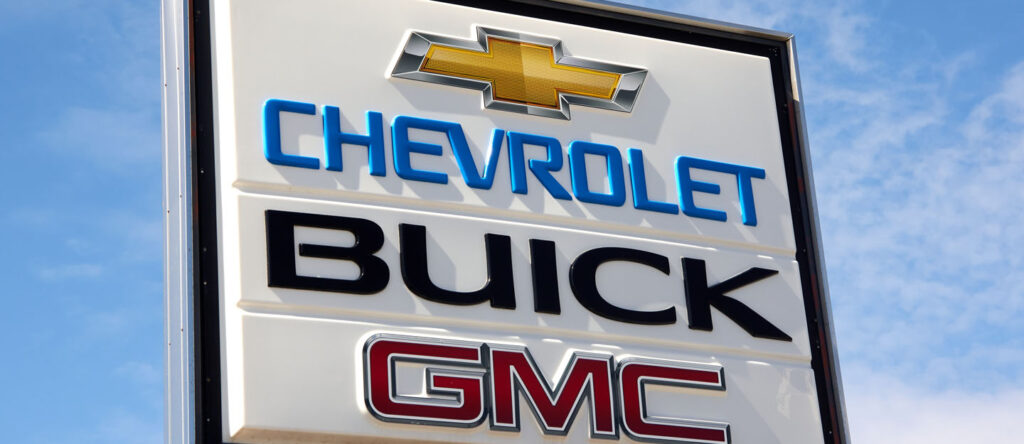
Throughout its storied history, General Motors has consistently held a prominent position in the automotive world. It reigned as the largest automaker in the United States in 2022 (by market share) and enjoyed an astonishing 77-year reign as the world’s largest automaker before Toyota claimed the top spot in 2008. This enduring legacy speaks to GM’s enduring influence and commitment to excellence.
General Motors operates manufacturing facilities in eight different countries, showcasing its global reach and impact on the automotive landscape. Beyond its core brands, GM also holds interests in Chinese brands Baojun and Wuling through SAIC-GM-Wuling Automobile.
The company boasts an impressive portfolio, including BrightDrop, a delivery vehicle manufacturer, a defense vehicles division serving the United States government and military, the renowned vehicle safety and information services provider OnStar, the trusted auto parts company ACDelco, and a financial lending service that bears its name. Additionally, GM holds a majority ownership stake in Cruise LLC, a pioneering enterprise in the realm of self-driving cars.
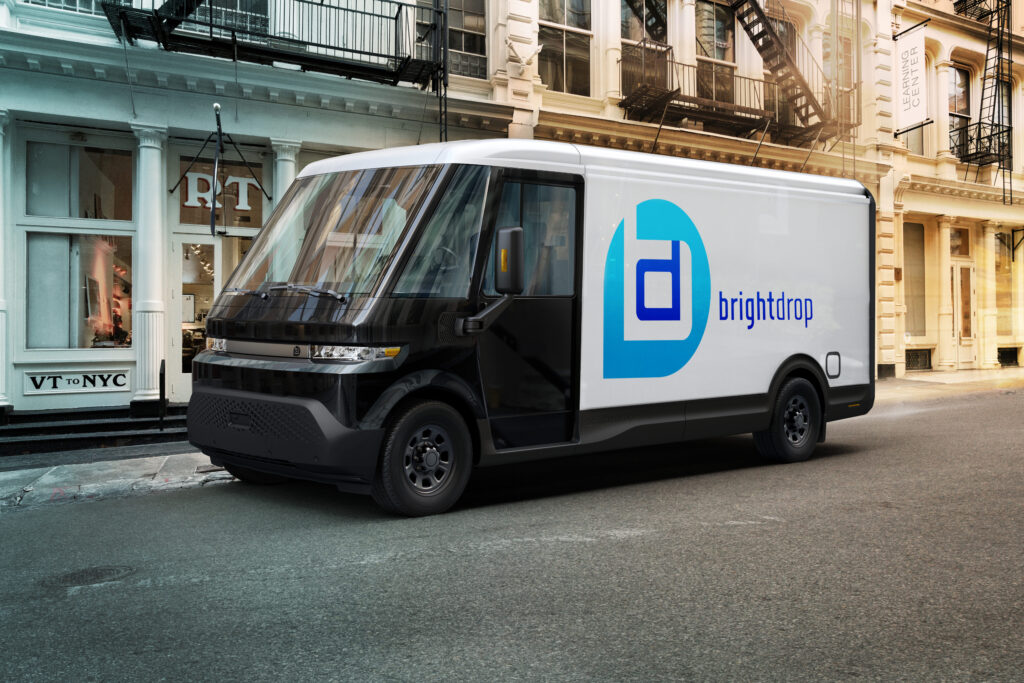
As of today, General Motors maintains its status as a successful and influential corporation. It holds the 25th position in total revenue among all American companies on the Fortune 500 list and ranks 50th on the Fortune Global 500.
Demonstrating its commitment to sustainability and innovation, GM embarked on a transformative journey by announcing in January 2021 its plans to discontinue the production and sale of vehicles powered by internal combustion engines, including hybrids and plug-in hybrids, by the year 2035. This initiative aligns with GM’s broader goal to achieve carbon neutrality by 2040, underscoring its dedication to shaping a more sustainable future through electric vehicles.
Marketing Strategies of General Motors
General Motors (GM) has employed a variety of marketing strategies over the years to promote its brands and products in the competitive automotive industry. These strategies have evolved with changing market dynamics and consumer preferences. Here is a detailed explanation of some key marketing strategies that GM has used:
1. Brand Portfolio Strategy
General Motors (GM) uses a brand portfolio strategy as one of its key marketing strategies. This strategy involves managing multiple brands, each with its own unique identity and positioning, to appeal to a broad range of customers. GM’s brand portfolio includes Chevrolet, GMC, Buick, and Cadillac, each of which targets a different customer segment.
Chevrolet is GM’s mass-market brand, offering a wide range of vehicles at affordable prices. GMC is positioned as a more upscale and rugged brand, with a focus on trucks and SUVs. Buick is targeted at luxury-minded buyers who seek value and comfort. Cadillac is GM’s luxury brand, offering high-end vehicles with the latest features and technology.
GM’s brand portfolio strategy is an important part of the company’s overall marketing strategy. By managing a variety of brands, each with its own unique identity and positioning, GM is able to reach a broad range of customers and meet their diverse needs.
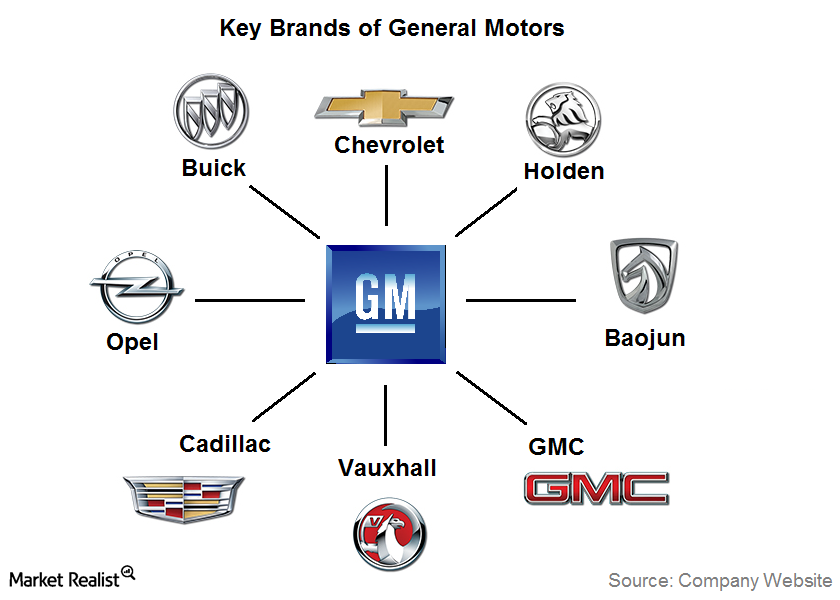
2. Product Innovation
Product innovation is a key marketing strategy for General Motors (GM). The company invests heavily in research and development to introduce new and innovative vehicles and technologies. GM believes that by offering customers the latest and greatest products, it can stay ahead of the competition and maintain its position as a leader in the automotive industry.
Here are some examples of how GM uses product innovation as a marketing strategy:
- Electric vehicles: GM is one of the leading automakers in the development of electric vehicles. The company has introduced a number of electric vehicles in recent years, including the Chevrolet Bolt EV, Bolt EUV, and GMC Hummer EV. GM is also developing a number of other electric vehicles, including the Cadillac Lyriq and Chevrolet Silverado EV.
- Autonomous vehicles: GM is also a leader in the development of autonomous vehicles. The company has formed a partnership with Cruise, a self-driving car company, to develop and deploy autonomous vehicles. GM plans to launch commercial autonomous vehicle services in the coming years.
- Safety features: GM is also known for its innovative safety features. The company offers a variety of safety features on its vehicles, including automatic emergency braking, lane departure warning, and blind spot monitoring. GM is also developing new safety features, such as vehicle-to-vehicle communication and vehicle-to-infrastructure communication.
3. Digital Marketing and Social Media
General Motors (GM) uses a variety of digital marketing and social media strategies to reach and engage with its target audience. The company’s digital marketing strategy includes a mix of paid, earned, and owned media.
GM uses paid advertising on a variety of platforms, including search engines, social media, and websites. The company’s ads are designed to reach people who are interested in buying a new car or who are already familiar with GM brands.
GM also uses earned media to generate positive publicity for its brand. The company works with journalists and bloggers to promote its products and services. GM also participates in social media conversations and responds to customer inquiries and feedback.
GM’s owned media includes its website, social media accounts, and email list. The company uses these channels to distribute content that is relevant and engaging to its target audience. GM’s content includes blog posts, articles, videos, and infographics.
4. Partnerships and Collaborations
General Motors (GM) has a strong history of partnering with other companies to drive innovation and growth. One of its most significant partnerships is with Toyota, which ended in 2010. The two companies have worked together on various projects, including developing fuel cell technology and building a joint venture plant in California to produce hydrogen fuel cells. This partnership has allowed GM to leverage Toyota’s expertise in fuel cell technology while also sharing its own knowledge and resources. In addition, GM has partnered with Honda to develop an advanced hydrogen fuel cell system for use in future vehicles.
Another key partnership for GM is its work with ride-hailing company Lyft. In 2016, GM invested $500 million in Lyft and launched a program that allows customers to rent GM cars through the Lyft platform. This partnership has given GM access to valuable data on ride-sharing habits and has helped it develop new mobility solutions. Additionally, GM has partnered with Uber to provide vehicles for their ride-sharing service, further expanding its reach into the shared transportation market.
In addition to its partnerships with automakers and ride-hailing companies, GM has also been actively partnering with tech companies to enhance its autonomous driving capabilities. In 2017, GM acquired Cruise Automation, a startup focused on developing self-driving technology. Since then, GM has been working to integrate Cruise’s technology into its vehicles, with plans to launch a self-driving car service in the near future. Furthermore, GM has partnered with companies like Intel and Waymo to accelerate the development of autonomous vehicle technology. Through these partnerships, GM is well-positioned to be a leader in the rapidly evolving autonomous vehicle space.
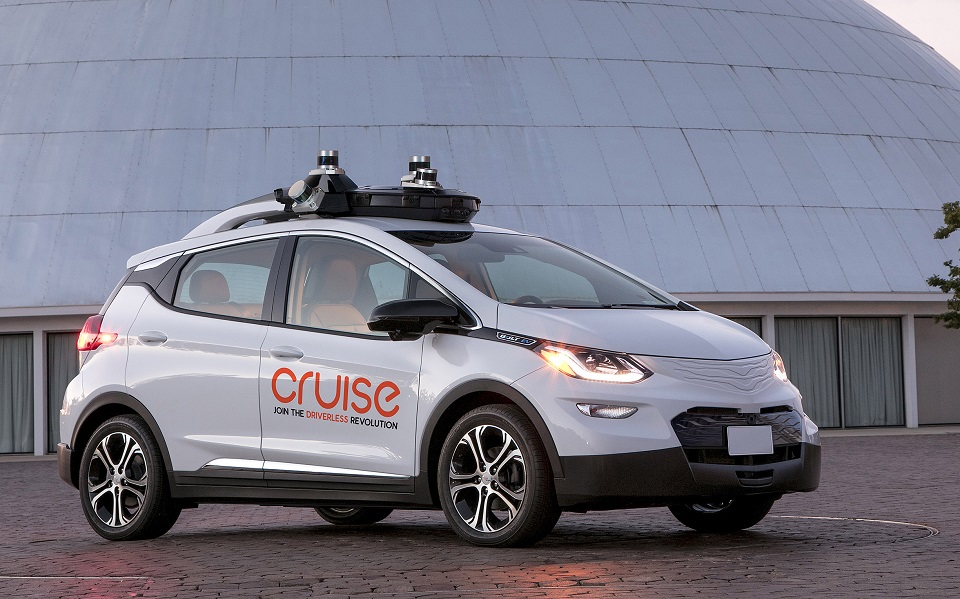
Moreover, GM has also been collaborating with various startups and research institutions to foster innovation and stay ahead of the curve. For instance, it has partnered with the University of Michigan to create a new research facility focused on autonomous and connected vehicle technologies. Similarly, GM has collaborated with startups like Maven, a car-sharing platform, to explore new mobility solutions. By partnering with both established companies and emerging startups, GM is able to tap into a wide range of expertise and resources, ensuring that it remains at the forefront of the automotive industry.
5. Customer Relationship Management (CRM)
Customer Relationship Management (CRM) is a crucial aspect of General Motors’ business strategy. The company recognizes that building and maintaining strong relationships with customers is essential for achieving customer loyalty and retention, as well as for driving sales and revenue growth. To this end, GM has implemented a comprehensive CRM program that focuses on understanding and meeting the needs of its customers throughout the entire customer journey.
At the heart of GM’s CRM program is its customer database, which contains detailed information about each customer’s preferences, behaviors, and purchase history. This data is used to personalize communications and tailor marketing messages to individual customers. GM also uses analytics tools to identify patterns and trends in customer behavior, which helps the company to anticipate customer needs and preferences and adjust its marketing strategies accordingly.
One of the key components of GM’s CRM program is its customer engagement strategy. The company seeks to engage with customers at every touchpoint, from the initial awareness stage to post-purchase follow-up. GM uses various channels such as social media, email, and direct mail to communicate with customers and provide them with relevant content and offers. The company also offers a range of customer support services, including phone and online chat support, to ensure that customers receive prompt and effective assistance when they need it.
To further enhance its CRM efforts, GM has introduced a number of initiatives aimed at improving the overall customer experience. For example, the company has implemented a customer feedback program that enables customers to provide feedback on their experiences with GM dealerships and products. This feedback is used to identify areas for improvement and to recognize and reward top-performing dealerships. Additionally, GM has launched a number of customer loyalty programs, such as its OnStar subscription service, which provides customers with additional benefits and perks, such as vehicle diagnostics and roadside assistance. These programs help to build trust and loyalty among customers, ultimately leading to increased customer retention and advocacy.
6. Dealer Network Support
General Motors’ Dealer Network Support is a critical component of the company’s success, as it provides a vital link between the manufacturer and the end consumer. GM’s dealership network consists of over 3,000 dealerships across the United States, Canada, and Mexico, who are responsible for selling and servicing GM vehicles. To support these dealerships, GM offers a range of training programs, tools, and resources designed to help them effectively market and sell GM vehicles, as well as provide high-quality service and maintenance to customers.
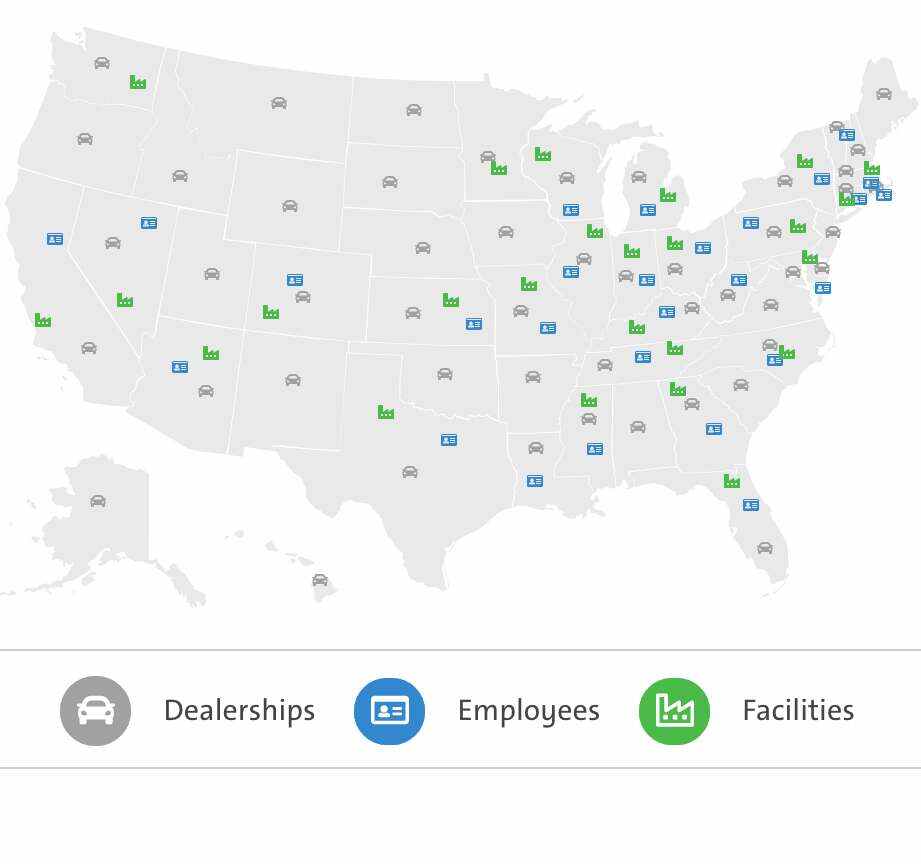
One of the key ways that GM supports its dealer network is through its Dealer Training Programs. These programs are designed to provide dealership personnel with the knowledge and skills necessary to effectively sell and service GM vehicles. For example, GM offers training on product features and benefits, sales techniques, and customer satisfaction best practices. Additionally, GM provides dealerships with access to cutting-edge technology tools, such as its Dealer Management System, which enables dealerships to manage inventory, track sales leads, and monitor customer interactions more efficiently.
GM also offers a range of marketing support programs to help its dealerships attract and retain customers. For example, the company provides cooperative advertising funds to help dealerships offset the cost of local advertising campaigns. Additionally, GM’s Marketing Support Team works closely with dealerships to develop customized marketing plans that are tailored to their specific needs and goals. Finally, GM’s Digital Marketing Services provide dealerships with a range of digital tools, such as website design and management, search engine optimization, and social media marketing, to help them reach more customers and increase their online visibility.
Finally, GM’s Dealer Network Support includes a range of operational support services designed to help dealerships streamline their operations and improve their profitability. For example, GM offers consulting services to help dealerships optimize their business processes, reduce costs, and improve efficiency. Additionally, the company provides dealerships with access to its Parts and Accessories Distribution Network, which enables them to quickly and easily order parts and accessories for their customers. Overall, GM’s Dealer Network Support is designed to help its dealerships thrive in today’s competitive marketplace by providing them with the tools, resources, and support they need to succeed.
7. Global Presence and Localization
General Motors (GM) is a multinational corporation that operates in over 140 countries around the world. The company has a diverse portfolio of brands, including Chevrolet, Cadillac, GMC, Buick, and Holden, among others. GM’s global presence allows it to tap into different markets and customer segments, maximizing its potential for growth and profitability. In addition, the company’s global scale enables it to leverage economies of scale and shared resources, such as research and development, manufacturing, and purchasing, to drive efficiencies and cost savings.
Despite its global presence, GM recognizes the importance of localization in meeting the unique needs and preferences of customers in different regions. The company has a long history of adapting its products and business practices to suit local cultures and market conditions. For example, in China, GM has formed partnerships with local companies like SAIC Motors to produce vehicles that cater to Chinese consumers’ tastes and budget constraints. Similarly, in India, GM has developed a range of cars that are specifically designed for the country’s roads and driving conditions. By tailoring its products and services to local requirements, GM can better serve its customers and compete effectively in diverse markets.
GM’s commitment to localization extends beyond product development and manufacturing. The company also strives to be a responsible corporate citizen in the communities where it operates. Through its philanthropic arm, the General Motors Foundation, GM supports education, healthcare, and environmental initiatives in various regions. For instance, in Africa, GM has partnered with organizations to promote education and entrepreneurship, while in Latin America, the company has supported projects focused on road safety and sustainable transportation. By investing in local communities, GM fosters goodwill and builds trust with its stakeholders, contributing to its long-term success.
In conclusion, GM’s global presence and localization strategies have enabled the company to expand its reach and resonate with customers in diverse markets. By balancing centralized coordination with local adaptation, GM can leverage its size and resources while remaining attuned to regional differences. As the automotive industry continues to evolve, GM’s ability to navigate complex global and local dynamics will remain crucial to its success
8. Promotions and Incentives
Promotions and incentives are an important part of General Motors’ marketing strategy, used to encourage customers to purchase their vehicles and to reward loyal customers for their repeat business. One way that GM uses promotions is through offering discounts and rebates on certain models. For example, the company may offer a cashback bonus or a low financing rate on select vehicles to incentivize customers to make a purchase. These promotions are often advertised through various channels, such as television commercials, print ads, and online banners, to reach a wide audience.
Another way that GM uses incentives is through its loyalty program, called GM Rewards. This program rewards customers for their repeat business by offering points for every dollar spent on GM vehicles and services. Customers can then redeem these points for discounts on future vehicle purchases, accessories, or service work. The program also offers exclusive discounts and promotions for members, such as special pricing on certain models or free oil changes. By offering these incentives, GM encourages customers to stay loyal to the brand and to continue making purchases from the company.
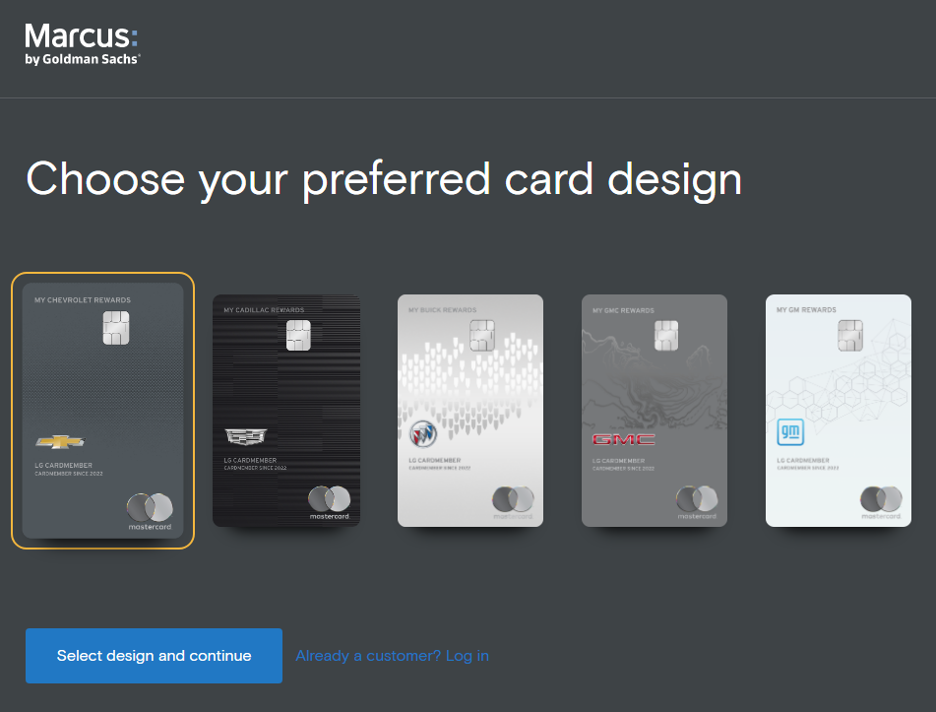
GM also uses targeted promotions and incentives to appeal to specific customer groups. For example, the company may offer discounts to students, military personnel, or first responders as a way of thanking them for their service. Additionally, GM may offer special promotions during holidays or other significant events, such as Memorial Day or Black Friday, to capitalize on increased consumer spending during those times. By targeting these promotions to specific groups, GM can increase their effectiveness and reach a wider audience.
Overall, promotions and incentives play a critical role in GM’s marketing strategy by encouraging customers to make a purchase and rewarding loyal customers for their repeat business. By using a combination of broad-based and targeted promotions, GM can reach a wide audience and increase its sales. Effective use of promotions and incentives helps GM to maintain its position as one of the leading automakers in the industry.
In conclusion, General Motors deploys a multifaceted marketing strategy that encompasses brand diversification, innovation, sustainability, digital and social media, partnerships, customer relationship management, dealer network support, global localization, and promotions. These strategies collectively contribute to GM’s ability to compete effectively in the dynamic and highly competitive automotive industry.
Marketing Mix of General Motors
The marketing mix, often referred to as the 4Ps, is a fundamental framework in marketing that outlines the key elements a company can control to influence consumer purchasing decisions. For General Motors (GM), a multinational automotive manufacturer, the 4Ps of marketing are tailored to meet the specific needs and demands of the automotive industry. Here’s a detailed explanation of GM’s marketing mix:
Product
General Motors offers a wide range of vehicles across various segments, including passenger cars, SUVs, trucks, and vans. The company has a diverse portfolio of brands, including Chevrolet, Cadillac, GMC, Buick, and Holden. Each brand has its own unique identity and caters to different customer needs and preferences.
Passenger Cars: General Motors offers a variety of passenger cars, ranging from compact sedans like the Chevrolet Cruze and Cadillac ATS to full-size sedans like the Chevrolet Impala and Cadillac CT6. These cars cater to customers who prioritize fuel efficiency, comfort, and style.
SUVs and Crossovers: GM offers a comprehensive lineup of SUVs and crossovers, including the Chevrolet Equinox, Traverse, and Tahoe; GMC Acadia and Yukon; and Cadillac XT5 and Escalade. These vehicles are designed for customers who require more space, versatility, and off-road capability.
Trucks: General Motors is a leader in the pickup truck segment with its Chevrolet Silverado and GMC Sierra models. These trucks are known for their durability, power, and functionality, making them popular among construction workers, farmers, and outdoor enthusiasts.
Vans: GM offers a range of vans, including the Chevrolet Express and GMC Savana, which are designed for commercial use, such as transporting goods or people. These vans are known for their reliability, flexibility, and spacious interiors.
Price
GM employs a dynamic pricing strategy that takes into account factors like market conditions, competition, and consumer demand. The company adjusts its prices regularly to ensure they remain competitive while maximizing profit margins. Here are some pricing strategies used by General Motors:
Penetration Pricing: GM uses penetration pricing to attract price-sensitive buyers, especially in the passenger car segment. The company offers affordable base models with optional features and packages to appeal to budget-conscious consumers.
Premium Pricing: For its luxury brands, Cadillac and Holden, GM employs premium pricing to convey a sense of exclusivity and high quality. These vehicles are positioned as top-of-the-line products with advanced features, superior craftsmanship, and prestige badging.
Price Skimming: General Motors uses price skimming for new model launches or limited edition variants. The company sets higher prices for these models to capitalize on pent-up demand and generate maximum revenue before lowering prices later in the product cycle.
Bundle Pricing: GM offers package deals and discounts to incentivize customers to purchase additional features or accessories. This approach helps increase average transaction values and boosts sales of higher-margin items.
Promotion
General Motors invests heavily in promotional activities to create awareness, drive engagement, and ultimately, sell vehicles. Here are some key promotion strategies employed by the company:
Advertising: GM runs national and regional advertising campaigns through various media channels, including television, print, digital platforms, and social media. The company targets specific audience demographics based on vehicle type, geographic location, and lifestyle.
Sponsorships and Partnerships: General Motors partners with sports teams, events, and organizations to promote its brands and connect with potential customers. For example, the company sponsors Major League Baseball, NASCAR, and the NFL, as well as music festivals and charity events.
Dealer Promotions: GM works closely with its dealership network to offer localized promotions, such as test drive events, trade-in programs, and financing offers. These initiatives help drive foot traffic to dealerships and encourage sales conversions.
Experiential Marketing: The company creates immersive experiences for customers, such as ride-and-drive events, pop-up shops, and auto shows. These interactions allow potential buyers to interact with GM’s products and build brand affinity.
Content Marketing: General Motors produces content that educates and entertains its target audiences. Examples include tutorial videos, safety tips, and lifestyle articles. This content is designed to engage potential customers and demonstrate the value of GM’s vehicles beyond just their features and specs.
Place
GM’s distribution strategy is focused on making its vehicles available to customers across the globe. The company has a vast network of dealerships, distributors, and retailers that sell its vehicles in over 100 countries. In addition, GM has a strong presence in markets such as China, Brazil, and India, where there is a growing demand for automobiles.
To ensure that its vehicles are easily accessible to customers, GM has implemented several strategies, including:
Dealership Network: GM has established a large network of dealerships that sell its vehicles. These dealerships are located in prime locations, making it easy for customers to find and visit them. Additionally, GM provides training and support to its dealers to ensure that they can effectively promote and sell the company’s vehicles.
Online Sales Platform: GM has created an online platform that allows customers to browse and purchase its vehicles from the comfort of their own homes. This platform provides detailed information about each vehicle, including features, pricing, and availability. Customers can also use the platform to schedule test drives and request quotes from local dealerships.
Direct-to-Consumer Sales: In some markets, GM sells its vehicles directly to consumers through its website or mobile app. This direct-to-consumer sales approach allows customers to purchase vehicles at competitive prices without having to negotiate with dealerships.
Pop-Up Stores: GM has opened pop-up stores in select cities to showcase its vehicles and provide customers with a unique buying experience. These stores feature interactive displays and virtual reality experiences that allow customers to explore GM’s vehicles in a fun and engaging way.
Home Delivery Service: In some markets, GM offers a home delivery service that allows customers to have their vehicles delivered directly to their doorstep. This service includes a personalized consultation with a sales representative, who will bring the vehicle to the customer’s home and explain its features and functions.
Test Drive Centers: GM has set up test drive centers in various locations, where customers can take its vehicles for a spin. These centers provide a controlled environment where customers can get a feel for the vehicle’s performance, handling, and features.
Ride-Sharing Services: GM has partnered with ride-sharing services like Uber and Lyft to offer customers a chance to experience its vehicles firsthand. Through these partnerships, customers can take a free ride in a GM vehicle, which helps to build brand awareness and drive sales.
Car-Sharing Services: GM has also partnered with car-sharing services like Maven and Zipcar to offer customers a convenient and flexible way to use its vehicles. These services allow customers to rent a GM vehicle for short periods of time, providing an alternative to traditional car ownership.
Overall, GM’s place strategy is designed to make its vehicles easily accessible to customers across multiple touchpoints, both physical and digital. By offering a range of options, from traditional dealerships to online sales and pop-up stores, GM is able to reach a wider audience and meet the diverse needs of its customers.
In conclusion, General Motors’ marketing mix encompasses product diversity, pricing strategies, extensive distribution channels, and a multi-faceted promotional approach. These elements work together to position GM as a leading player in the automotive industry, catering to a broad spectrum of consumer needs and preferences.
Also Read: General Electric : History and Groundbreaking Inventions
To read more content like this, subscribe to our newsletter
